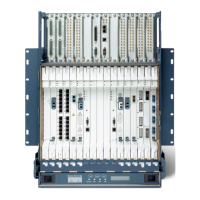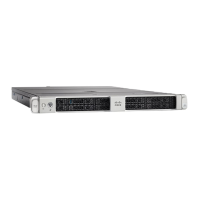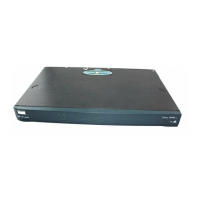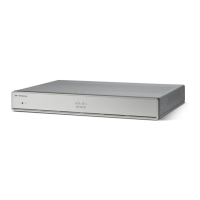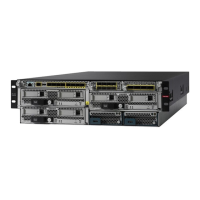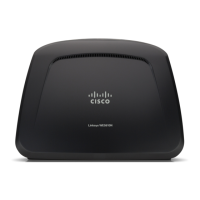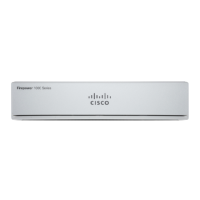6-16
Cisco SCE8000 Installation and Configuration Guide, Rel 3.1.7
OL-16478-03
Chapter 6 Cabling the Line Ports and Completing the Installation
Cascaded Systems
Step 9 Connect the traffic port of Cisco SCE8000 platform #2. This will cause a momentary down time until
the network elements from both sides of the Cisco SCE8000 platform auto-negotiate with it and start
working (when working inline). (See Dual Link: Two Cisco SCE8000s Topology, page 6-3.)
Step 10 When full control is needed, change the link mode on both Cisco SCE8000 platforms on both links to
‘forwarding’. It is recommended to first configure the active Cisco SCE8000 platform and then the
standby. (See How to Set the Link Mode, page 6-17.)
Step 11 You can now start working with the Subscriber Manager.
CLI Commands for Cascaded Systems
This section presents CLI commands relevant to the configuration and monitoring of a redundant system.
Use the following commands to configure and monitor a redundant system:
• connection-mode
• [no] force failure-condition
• show interface linecard 0 connection-mode
• show interface linecard 0 physically-connected links
• Topology-Related Parameters for Redundant Topologies, page 6-16
• How to Configure the Connection Mode, page 6-17
• How to Set the Link Mode, page 6-17
• Monitoring the System, page 6-18
Topology-Related Parameters for Redundant Topologies
All four of the topology-related parameters are required when configuring a redundant topology.
• Connection mode — Redundancy is achieved by cascading two SCE platforms. Therefore the
connection mode for both SCE platforms is:
–
Inline-cascade
• Physically-connected-links — For each of the cascaded SCE platforms, this parameter defines the
number of the link (Link 0 or Link 1) connected to this SCE platform.
• Priority — For each of the cascaded SCE platforms, this parameter defines whether it is the primary
or secondary device.
• On-failure — For each of the cascaded SCE platforms, this parameter determines whether the
system cuts the traffic or bypasses it via an external optical bypass module when the SCE platform
either has failed or is booting.
If either the bypass or external-bypass option is configured, the optical bypass module must be
properly installed. If an optical bypass device is not detected, the command is executed but a
warning is issued. The system then enters warning mode until either the command is changed, or the
presence of an optical bypass device is detected
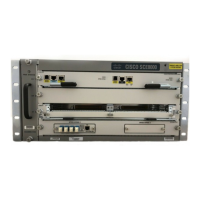
